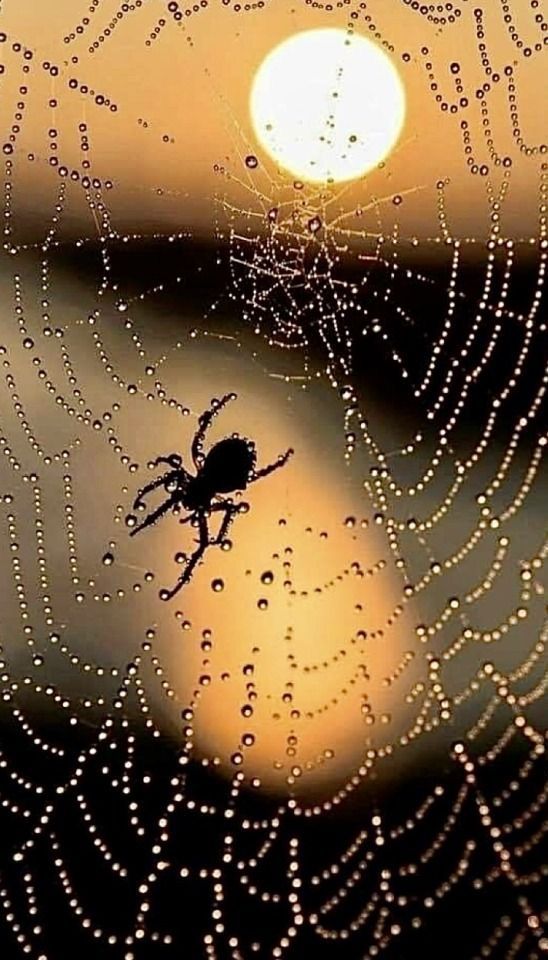Table of Contents
Macro photography allows photographers to see the miniature beauty in the world around us. Understanding the different macro photography subjects and using specialized macro lenses or close-up filter attachments, even an entry-level camera body can effectively magnify subjects at 1:1 life size or greater. Some of the most popular and striking subjects for macro photography include flowers, insects, food, and jewelry or other small objects. The level of fine detail observable in these kinds of subjects produces images that transport viewers into a whole new perspective, closer than normal sight allows.
Macro Photography For Insects
Insects are perhaps the most popular subjects for macro photography due to their intricate details and fascinating behavior.


Their boldly colored wings, intricate exoskeletons, and gangly leg structures showcase nature’s incredible design at its smallest scale. Dragonflies and damselflies are a classic choice, with large multifaceted eyes and iridescent wings that reflect striking azure, emerald and ruby hues. Beginners can also find success shooting common backyard bugs like spiders, ants, beetles or grasshoppers.
These subjects remain still for long periods, making focusing and critical exposure easier than with fast-moving insects like butterflies or bees. For interesting insect behavior shots, research will reveal the best local habitat spots and flowering plants that attract diverse subjects. Applying specialized flash diffusers or light boxes helps illuminate translucent wings and bring out maximum color and detail in captured images of nature’s miniature wonders.
Related Post: macro photography Tips
Tips for macro insect photography
- Preparation: Research your subject to understand its behavior and habitat.
- Sub bullet: Use a macro lens with a suitable focal length for optimal magnification.
- Patience: Insects can be unpredictable, so be prepared to wait for the perfect moment.
- Lighting: Use diffused natural light or a macro ring flash to illuminate your subject without harsh shadows.
- Composition: Experiment with different angles and perspectives to create visually interesting compositions.
Nature Macro Photography Subjects
Beyond discrete floral and insect specimens, macro lenses provide an intimate portal into untouched natural landscapes. Moss-covered logs reveal miniature forests of intricate grass-like plants and fungal forms in vivid shades of lime, emerald and moss green when viewed up close. Dew sparkling on spiderwebs at dawn appears as delicate liquid crystal sculptures, its geometric complexity only observable at macro scales. Peeling bark on aged trees uncovers textural journeys through a world within a world, with cleverly camouflaged critters peeking out from micro-crevices.




Coastal rock pools teem with hidden underwater domains of pearly seashells, translucent anemones and calcium-encrusted surfaces in dazzling macro detail. Experiment with different apertures to achieve soft focus dreaminess or hyper focused clarity, letting textures and colors shine. Capture the everyday magical mysteries readily available in our own backyards with simple and accessible macro nature photography.
Here are some Nature Macro Photography subjects to consider:
- Flowers: Capture the intricate details of petals, stamens, and pollen.
- Leaves: Explore the textures and patterns of leaves up close.
- Water Droplets: Photograph dew or raindrops on leaves for a beautiful, ethereal effect.
- Mushrooms: Showcase the unique shapes and colors of various fungi found in nature.
Related post: Macro Photography Equipment
Abstract Macro Photography
Stepping back from representative macro subjects opens opportunities for abstract macro art. Explore close-up textures by filling frames with cracking paint flakes, crumpled aluminum foil or torn paper edges. Intimate details become undulating geometric patterns when enlarged. The surfaces of transparent objects like CDs, soap bubbles or water droplets yield psychedelic kaleidoscopic shapes and rainbow color refractions.


Try dewdrops clinging to car windows or windshields in the morning. Macro photographs of everyday consumables like pills, nuts or pasta pieces transform mundane items into surreal wonderlands. Abstract macro encourages relaxed experimentation with unusual compositions and perspectives that surprise even photographers by discovering visual lyricism within life’s overlooked minutiae. It’s a chance to see the artistic potential in the world right under our noses.
Focus more on everyday subjects like:
- Texture Studies: Focus on the textures and patterns found in everyday objects.
- Color Exploration: Play with vibrant colors and contrasts to create visually striking images.
- Extreme Close-Ups: Zoom in on small details to create intriguing abstract compositions.
- Macro Reflections: Capture reflections in water droplets or shiny surfaces for a surreal effect.
Creative Macro Photography- Food macro photography
Beyond straightforward photos of meals, macro lenses open up imaginative food photography possibilities. Carefully arrange scraps, crumbs or tiny morsels into abstract mosaic portraits or landscapes. Pour droplets of flavored oils or sauces onto wax paper or glass for kaleidoscopic splatters frozen in time.




Freeze berries or grapes mid-puff for playful underwater scenes in miniature. Backlight onion slices, sliced bell peppers or cabbage leaves to show botanical veining in luminous relief. Zoom in tight on fresh herb leaves like basil or parsley for tactile close-ups oozing in jewel tones. Get interactive by using food items as props – figs or olives propped on coffee beans make makeshift furniture. Macro allows us to appreciate food not just as sustenance but also as fine art materials.
Macro Photography Techniques
Beyond choosing intriguing subjects, photographers can enhance macro results with careful technique. Working in natural light is ideal but using reflectors, diffusers or a flash helps illuminate minuscule details. A tripod prevents blur from camera shake at close focusing distances and narrow depths of field. Macro lenses often require focus stacking of multiple shots to capture subjects’ full depths. Some photographers focus blend exposures to highlight various planes. Precision manual focus aids are invaluable – live view magnified displays, focus rail sliding mounts, and focus stacking apps all optimize sharp macro shots. Post-processing too reveals hidden tones, so experimenting with adjustments yields gallery-worthy macro art.
In closing, macro photography grants viewers an intimate connection with both natural and manmade worlds well worth exploring further. By prioritizing patience and creative experimentation over expensive equipment, any photographer can start revealing the surreal hidden landscapes existing right under our noses. With dedication to learning focus stacking, lighting techniques, and an eye for unique perspectives, the possibilities for macro art become endless.
If you’re looking to take your macro photography passion to the next level, consider booking Vibeztudio for their macro photography services in Dubai. In addition to offering professional macro photography photoshoot session, their dedicated macro photographers can provide training sessions and guided macro photo shoots to help novice photographers master the artform.

